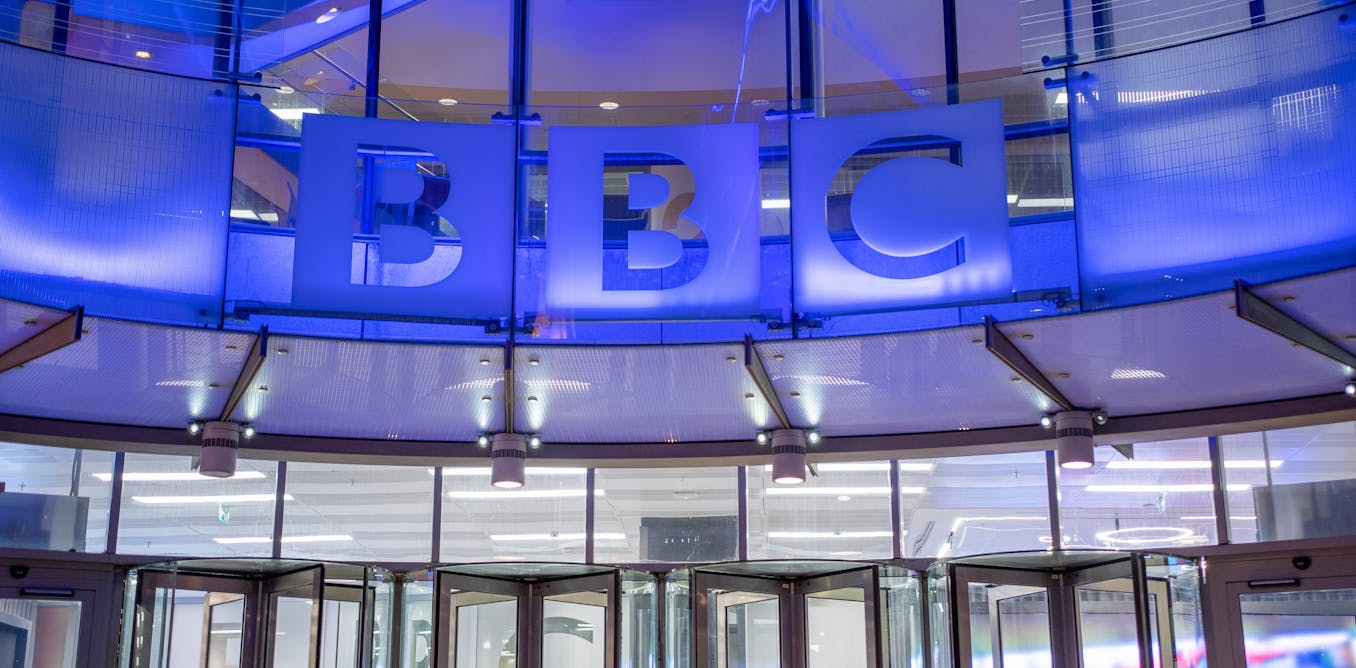Why Nintendo Is So Expensive
Nintendo has long captivated the hearts of gamers, cementing its status as a titan in the video game industry since the early 1980s. With a legacy of iconic characters and innovative gameplay, the company has historically kept its game prices around the $60 mark, a standard that has persisted for approximately 15 years across the industry. Surprisingly, while software prices have largely remained stagnant, Nintendo’s hardware has generally been less costly compared to its competitors, like Xbox and PlayStation, whose consoles frequently exceed this price point. However, this paradigm is shifting dramatically as evidenced by the release of the Nintendo Switch 2, now priced at a staggering $450.
Adding fuel to the fire is Nintendo’s decision to price Mario Kart World at $80, marking it as the most expensive base game ever from the company. This pricing strategy has sparked outrage among some fans who feel that such increases undermine Nintendo’s value proposition. Nevertheless, industry analysts argue that rising game development costs and inflation necessitate a reevaluation of pricing structures across the sector. This begs the question: why is Nintendo, a company once known for its affordability, suddenly adopting a more premium pricing strategy?
The narrative of Nintendo’s rise to prominence is interwoven with lessons from past failures, such as the video game crash of the early 1980s. This crash ushered in a new era of caution and innovation, allowing Nintendo to cultivate a loyal fan base and establish its unique niche in the gaming landscape. Unlike its competitors, Nintendo has focused on creating exclusive titles that resonate with a dedicated audience. This distinct strategy has not only solidified a loyal fanbase but also propelled sales of its consoles, often bringing them within reach of mainstream consumers.
However, the competitive landscape has evolved, raising questions about the sustainability of Nintendo’s approach. The battle between Sega and Nintendo in the 1990s is a telling reminder of how quickly market dynamics can shift. Today, as Nintendo seeks to maintain its edge, it is experimenting with pricing strategies more aligned with contemporary production realities. The stakes are high, and as the company positions itself in a rapidly changing market, the reaction from loyal fans is a point of concern.
With the introduction of the Switch 2, many ponder whether the price tag of $450 will resonate with consumers. Early discussions suggest polarizing opinions—while some fans express frustration over escalating prices, others understand the economic factors at play. Is the entry price for next-gen consoles simply a reflection of inevitable inflation, or does it signify a broader trend toward premium gaming experiences?
Ultimately, Nintendo’s newfound pricing strategy is indicative of a crucial moment in the gaming industry. The introduction of $80 games could set a precedent that reverberates throughout the sector, challenging other gaming giants to reassess their own pricing models. As analysts and consumers alike wait to see how this bold move will impact Nintendo and beyond, one thing remains clear: the landscape of video gaming is transforming, and the cost of entry may never be the same.
As the Switch 2 rolls out into the market, the gaming community stands at a pivotal crossroads. Will Nintendo’s gamble on high prices pay off, or will it alienate the very fans who have made it a household name? Only time will tell, but one thing is certain—the excitement, debate, and speculation surrounding these changes will keep the gaming world buzzing.
Watch the video by Business Insider
Video “Why Nintendo Is So Expensive | So Expensive | Business Insider” was uploaded on 06/07/2025 to Youtube Channel Business Insider





































0:51 not true – with the release of the Switch 1 in 2017 prices for major releases went from 50 to 60, with PS5 in 2020 they went from 60 to 70, with Switch 2 in 2025 they now go from 70 to 80. This statement is demonstrably false and an attempt to gaslight viewers.
Adjusted for inflation median household income in 1990 was $60,000. In 2020 the median household income was $60,000. Income has stagnated for over 30 years so stating "games used to be more expensive" as a factor to increase game prices completely ignores the economic situation for most families. Not only did families earn $60,000 (adj inflation) in 1990, the cost of living was next to nothing compared today. You could afford $120 games because:
1. Your cost of living was less than your income.
2. Even if you couldn't afford it you could rent games for next to nothing.
If you are gonna compare old ass prices with current prices then you should also compare the buying power of consumers back then and now. Inflation has increased tons while wages have not gone up since then
$80 what a deal!! $109.99 in Canada for Mario Kart world. I'd happily pay $80 CAD per game but as much as I love Nintendo, I will pass. Console is $699.99 CAD. My TV does a fine job up converting my switch 1 to 4K resolution so I will continue to enjoy Breath of the Wild and Tears of the Kingdom on my original switch.
I have two major gripes with this video.
1. They suggest putting games on multiple platforms leads to heavy discounting. WRONG, prices have gone down even when there was still exclusivity. Nintendo is price fixing simple as that
2. The fact micro transactions and other ways of monetizing games never came up in the video is bad reporting. It presents the price increase as inevitable even though companies have found other ways to earn revenue.
This video should be amended to address the above.
What value? I'm 26 and have never played or touched a Nintendo anything? What value does this company think it possesses?
The Nintendo of today is not the Nintendo I grew up with in the mid 90s. They're really blundering, and it makes no sense to patent game mechanics. Many games lets you mount creatures, how is gliding with them any different? Jokes on then, I'll still be playing Palworld, no matter how jealous or greedy they are.
Still not going to buy it as i am good with the old Nintendo Switch. Predicting price drop in the coming months. It is only hype on the 1st day. The few days after that is the real story….
I think it was more Sony that beat Sega than Nintendo in the end. Sony really came to dominate with the first two generations of PlayStation and basically left no room in the market for other consoles besides Nintendo with their rather unique IPs and portable hardware offerings. The PS2 was the nail in Sega's coffin. That and the original Xbox further crowding Sega out. I think Dreamcast could have been handled a bit better and Sega might have stayed in the game, but it was really tough for them to pull off when Sony was bundling DVD playback capabilities. That was such a killer app for the PS2 at the time and made it a better DVD player than many dedicated DVD players.
WOW the big business simping is STAGGERING. Inflation is at an ALLTIME high and we CANNOT afford basic things nevermind luxuries. Just remember gaming is a LUXURY AND NOT A NECESSITY. The customer tells you the f*cking price.. I WILL NOT buy the Switch 2 its abject GREED. Drop the price by £150 and we'll talk. Other than that you can ram it..
The gaming crash is coming.. ridiculous amounts of Publishers/Developers release games UNFINISHED OR BROKEN and charge these inflated prices and 'fix' or 'attempt' it with updates many months later (EA, Bioware, CD Projekt Red, Ubisoft, Bethesda, yea im looking at YOU!!!!)
And this Ubisoft bullsh*t that buying a game doesnt mean you own it.. yea.. we'll see how that works for you
Isn’t it $90 to actually OWN the game…
The tariff excuse is BS because they are the same price in the UK
These analysts are missing the point by a mile. I paid 60$ for Elden Ring, a recent pinnacle of Action RPG gaming and have over 500 hours on board. Balder's Gate 3? 60$, some people have over 1k hours. They didn't need a price increase to recuperate cost, they needed stellar IPs. They didn't need microtransactions to fill their pockets, they just needed to develop a game which provided an experience that couldn't be achieved any other way. This is a terrible decision by Nintendo and the folks at the end have the best cautionary approach: after the fanboys get their fill, there will be a drought as people who want to play can't because it's become cost prohibitive.
Super Mario 3 was $89.99 when it came out during 1990. Get over yourselves about Switch 2 prices.
Last Nintendo I had was the GameCube and after that I never bothered with a Nintendo product again. The fanatical fan base keeps them alive and that’s ok lol
nah.. youre going down. most ppl can get easily similar nintendo games on mobile apps.
Given how much stronger the switch 2 is vs the original I think the console price is justified, but the price of games being 80 dollars isn't especially since the game isn't even on the cart anymore with game key cards
They forgot than back than the gamecardrides cost like 15 bucks and now they sell us downloads for 80 bucks 😂
There's expensive, and then there's simply overpriced. Nintendo overprice their stuff because they count on a legion of fans that will pay that price and then bend over backwards to defend it.
I remember I went to a store called software and gaming in the 90s and bought the the legend of zelda for 80$ 🤷🏽♂️
So they are to blame for the rise in price of Video games ugh. These price hikes will devalue Nintendo to the point they will be done. hate to say it but its true. Price hikes not good at all.
Not buying unless price goes down and real good games comes out. F them.
The great video game crisis was an invention of journalists. It was temporary and only in the USA.
I bought the Switch 2. I found TOTK (Switch 2 edition) for 68.25 euros. Not gonna pay 80 euros for a damn game. Not Nintendo, not Sony, and definitely not Microsoft. $/€80 should not be the standard! Make it 60.
"Games have actually gotten cheaper", yeah that might be true, but its not cause the good heart of the companies that sell games, no, its cause they sell alot more copies, so in the end they earn way more.
15:03 That is Rivals of Aether not Smash
Nintendo has become the Apple of the gaming industry. Absolutely disappointing and disgusting. 😅
18:47 something's gotta give…. yeah I don't remember anyone asking for the horses to poop in Red Dead Redemption 2. They do not have to spend this ridiculous amount of money on development, they can reduce their development costs, especially with the increases in middleware and improved (and sometimes free) software for the developers. The development costs with regards to staff wages may have increased, but that is not anywhere near enough to justify this, especially with how they actually treat their staff. all those insane profits they get, go towards dividends or increasing stock value. None of this was necessary from the gamer's perspective. This is why India games are an increasingly attractive option.
80 dollars and not even a manual. Current physical media, at those prices, is nothing less than a scam and the triumph of greed and lack of consideration for the consumer.
My God, why is half the video about the history of nintendo? What a waste of time and production.
Entertainment is very expensive nowadays
If there is more content, I’m buying it. But I’m not buying it for Mario Kart. Especially since it’s almost the same as the last one, which itself was just a rerelease of the one before that.
Nintendo is expensive but it's not a problem. I just don't give them any of my money.
One guy talks about the development costs of CoD and GTA 6… They aren't Nintendo titles! Does he think we're dumb?
I just bought the console yesterday
This video is mostly accurate but gamers who had "Boots on the ground" in gaming since the 80s can easily spot some misinformation.
19:40 this guy is high. an off peak annual pass to Drayton Manor (uk) costs £75. That is an entire years worth of rollercoasters.
They should raise their prices because consumers are stupid and have FOMO. Dont know why consumers would pay the same for a digital copy that they would for a physical copy. Its this type of behavior why companies continue to abuse consumers who are gluttons for punishment. The people who keep buying these overly expensive products is why these companies overcharge. This happened in the real estate industry in major cities. People kept renting these overpriced "luxury" apartments and the prices continued rising until even they were priced out. The video game market has entered its "luxury" phase and people will blindly keep buying because paying more for everything has become the new normal.
9:16 DOES HE KNOW STEAM HAS NINTENDO GAMES😏😏😏
Lol.. In euros 449 dollars should be 398,97EU but guess what, its 529EU(in dollars its 600). And thats the cheapest I could find in Latvia. Imagine crying about 449 dollars…
The more a company cannibalizes itself, the more chance its country of origin will have Little Boy / Fatman 2.0 but bigger, badder, and better🗣🗣🗣